What Luminaire Manufacturers Need to Understand!
Stefan Larsson, August 2025
Elegance in Integration – Why this guide matters
The EU’s revised Energy Performance of Buildings Directive (EPBD 2024/1275) means lighting is no longer viewed as an isolated technical component, it is a central part of a building’s energy management, indoor environmental quality, and digital infrastructure. It has become the point where energy, atmosphere and human well-being meet.
The revised EPBD directive is not only about rules. It is about enabling spaces that are smarter, healthier and more human. For luminaire manufacturers, this opens a new chapter: one where light is not simply installed, but where it contributes to energy performance, supports digital ecosystems, and elevates the quality of life inside buildings.
This guide is here to help you transform compliance into opportunity, to design luminaires that are not only efficient and connected, but also meaningful in the eyes of architects, building owners and the people who live with them.
Business Opportunity
Real-time insight: Show, don’t tell. Your luminaires prove their value in black and white, energy saved, performance assured.
Seamless integration: No long explanations. Your products connect directly to BACS, ready for the project, ready for the future.
Future-proof: EPBD is not a risk, it is your advantage. With EPBD-ready products, you stay inside every tender, every plan, every conversation.
Differentiation: You can stand with the architect and say: “Our light creates atmosphere. And it creates data.”
What Every Luminaire Must Be, to Belong in Tomorrow’s Buildings
When?
Change does not arrive all at once. It comes in waves. 2028 for public buildings. 2030 for private. And with every renovation, every upgrade, the circle widens. What begins as a rule becomes a rhythm, drawing more and more buildings into the future.
Where?
Across Europe, one directive, many voices. A common framework, interpreted in different ways. Some nations keep to the line, others go further, lowering thresholds, raising ambition. For manufacturers, the task is not to chase each variation, but to design for all of them. Light that feels at home in Copenhagen, Paris, Milan. Ready to belong wherever the future of buildings is written.
How?
Through standards that measure more than watts. MEPS sets the floor. BACS raises the ceiling. Zoned control, IoT intelligence, real-time reporting, these are not extras, they are the new foundation. Every luminaire must be able to prove itself: efficient, measurable, connectable. Not just giving light, but giving data, trust, and possibility.
Why?
Because those who build want certainty. Architects want tools they can trust. Owners want assets that endure. Tenants want spaces that feel alive. EPBD-ready products reduce risk, win tenders, and unlock financing. But beyond that, they shape a new identity for light. Not only as a technical component, but as the visible promise of buildings that are healthier, smarter, and more human.
BACS – from compliance to confidence
While EPBD sets the threshold for mandatory BACS at 290 kW of installed heating or cooling capacity, member states are free to adopt stricter requirements. Some countries, such as Denmark, have already lowered the threshold, which brings medium-sized buildings into scope. This shows that requirements will differ between markets, and luminaire manufacturers need to be prepared for both EU-level and national regulations.
What does that mean for lighting?
For lighting, this is not a restriction it is an invitation. When luminaires are BACS-ready, they do more than deliver light:
- They speak the same language as the building’s brain.
- They provide energy and diagnostic data that keep operations transparent.
- They reduce the need for external add-ons, making projects simpler and more elegant.
Being ready means embracing open standards (DALI-2, BACnet, KNX, Modbus), ensuring that luminaires deliver measurable data (DALI 251/252/253), and proving integration with sensors for presence and daylight.
But beyond the technical details lies the real value: confidence. Confidence for manufacturers who know their products will be specified. Confidence for building owners who know their investment is future-proof. And confidence for designers, who can focus on creating atmosphere, knowing the technology works invisibly in the background.
Extended documentation: 20. How EPBD works with BMS and BACS
SRI – The language of smart buildings
The Smart Readiness Indicator (SRI) is more than a scorecard. It is a way of describing how well a building can listen, respond, and adapt, to people, to daylight, and to energy.
For lighting, this is where the real magic happens. Because light is the one system that people notice instantly, it becomes the visible face of a smart building. Each luminaire that adapts to presence, follows the rhythm of daylight, or communicates energy use is not just fulfilling a technical function, it is telling a story of a building that is alive, attentive and responsive.
The practical outcome is simple:
- Automatic presence control
- Daylight compensation
- Scheduling through BMS/BACS
- Feedback on energy use
- Modular readiness for future upgrades
But beyond the functions lies the impact: luminaires with built-in intelligence help a building reach higher SRI level faster, with less complexity, and with more elegance.
For manufacturers, this is an opportunity to show that your products are not just compliant, they are contributors to a building’s identity. A building with a high SRI score is not only energy-smart; it is more attractive to tenants, more valuable to owners, and more inspiring to architects.
Extended documentation: 26. What is the SRI — Smart Readiness Indicator
ESG – Lighting with a life story
Sustainability is no longer a side note, it is the language investors, developers and tenants all speak. Under frameworks like CSRD, BREEAM and LEED, every product is expected to carry a story of its impact: how it is made, how it performs, and how it can live on.
For lighting, this story is powerful. A luminaire that can show its footprint and prove its efficiency does more than tick a box, it builds trust. Trust with architects who need credible data, with developers who must report transparently, and with building owners who want solutions that endure.
What this means in practice:
- LCA data according to EN 15804 / EN 15978
- EPDs that make environmental impact measurable and comparable
- Design for reuse, modularity and upgrade
- Energy and operational data that feed ESG reporting
But beyond the numbers, the opportunity is clear: luminaires that are transparent about their lifecycle do not just light a room they illuminate a company’s values. They become part of a bigger promise: that sustainability and performance can live side by side, without compromise.
Extended documentation: 28. What is ESG Focus
IEQ – Light as part of wellbeing
Indoor Environmental Quality is about more than efficiency. It is about how a building feels to live and work in. Light now stands shoulder to shoulder with air, sound and temperature as one of the core elements of human comfort.
For lighting, this changes everything. No longer just illumination, it becomes a tool for clarity, focus, rest and balance. A luminaire that delivers high colour quality, stable light and adaptive tones is not only meeting a regulation, it is shaping the daily experience of the people inside.
In practice this means:
- CRI ≥ 90 and flicker-free operation
- Tunable white to support circadian rhythm
- Individual dimming and control options
But beyond these features lies the real value: lighting that supports IEQ helps schools where children concentrate better, offices where people thrive, and care environments where well-being is strengthened. For luminaire manufacturers, this is not just compliance, it is an opportunity to design products that actively contribute to healthier, happier and more human spaces.
Extended documentation: 29. What IEQ and lighting mean under EPBD 2024/1275
HCL – Light for life
Human Centric Lighting is not just a feature, it is a philosophy. It recognizes that light does more than make things visible: it shapes our mood, rhythm and sense of place.
While EPBD does not make HCL mandatory, other frameworks like WELL and LEED are already driving it forward. For schools, offices, healthcare and hospitality, HCL is becoming the language of spaces that care for the people inside them.
In practice this means:
- Tunable white with smooth CCT control (DT8, BLE)
- Scenario-based lighting curves that follow the day, support activity or encourage rest
- Options for personalised adjustment
But beyond the functions lies the heart of HCL, lighting that supports circadian balance, strengthens productivity, and creates atmospheres that feel both natural and inspiring.
For luminaire manufacturers, offering HCL-ready products is not simply following a trend. It is stepping into the role of creating healthier environments and more meaningful experiences, where technology becomes invisible, and people only notice how good the light feels.
Why prepare now?
- Sector-specific HCL requirements may emerge (e.g., schools, healthcare, workplaces).
- HCL is a strong value-add in projects where well-being is prioritised.
Extended information: 6. How EPBD and HCL (Human Centric Lighting) affect lighting
MEPS – Raising the baseline
Minimum Energy Performance Standards may sound like a technical threshold. In reality, they represent a new foundation: a commitment that every building in Europe must live up to a certain level of efficiency, responsibility and transparency.
For lighting, this is not a limit, it is a lever. Luminaires that are efficient, measurable and controllable help buildings move up the energy ladder, sometimes shifting an entire project to a higher class. Each step upward is not just about compliance, it is about creating buildings that cost less to run, are easier to maintain, and are more attractive to investors and tenants alike.
In practice this means:
- Delivering high efficiency in every luminaire
- Supporting real-time measurement and transparent reporting
- Enabling smart control that optimises use and extends lifetime
The opportunity for luminaire manufacturers is clear: with MEPS, the floor has been raised but so has the ceiling. By building products that don’t just meet the minimum, but set new standards of their own, you move from following regulation to shaping the future of light.
Extended information: 31. MEPS in practice
International Perspectives – from rules to opportunities
EPBD provides a shared framework across the EU, but the way it comes to life differs in each country. For luminaire manufacturers, this means that success is not just about following the directive, it is about anticipating national choices, market trends and the sustainability ambitions of each project.
National variations
While the EU sets the baseline for mandatory BACS at 290 kW of installed heating or cooling, some countries are already going further. Denmark has lowered the threshold, bringing medium-sized buildings into scope. This shows that the future of lighting is not defined in Brussels alone, but in every national implementation. Staying ahead means being ready to adapt quickly, wherever the next opportunity arises.
Procurement requirements
Across Europe, tenders are increasingly demanding Environmental Product Declarations (EPDs). What was once a “nice to have” is becoming an entry ticket to compete. Verified lifecycle data is no longer about paperwork, it is about building trust with architects, clients and regulators. For manufacturers, this transparency is both a responsibility and a powerful differentiator.
Links to international certification schemes
Even though EPBD does not mandate Human Centric Lighting (HCL), global frameworks are pulling the market forward. WELL and LEED both highlight light quality, circadian rhythm and personal control. This means projects that aim for these certifications will look for HCL-ready luminaires, solutions that create spaces where people feel healthier, more focused and more at ease.
In practice, the message is clear: the international landscape is not only about compliance, it is about opportunity. Manufacturers who are prepared for these variations do more than follow the rules. They position themselves as partners in creating buildings that are sustainable, human-centred and future-proof.
Summary: Checklist for Luninaire Manufacturers
| Area | Must be prepared for | Required documentation |
| BACS | Support for DALI-2 and metering (251–253) | Functional spec + wiring diagram |
| SRI | Automatic control, user feedback | Contribution to indicator scoring |
| ESG | LCA/EPD, energy, reusability | EPD/LCA or concise environmental profile |
| IEQ | CRI ≥ 90, flicker-free, controllability | Comfort description, test reports |
| HCL | Tunable White, light curves | Application guide, control profile |
| MEPS | Energy efficiency, measurability | Energy declaration, operational data |
Note: EPBD’s smart-control requirement can in many cases be met via central BACS installations (zoning, occupancy detection). However, having these functions embedded in the luminaire provides future-proofing and clear market value, especially in projects with high demands on SRI and ESG.
Complementary deep-dive sections are available to provide all relevant facts needed to act.
 info@optoga.com
info@optoga.com +46 589 490 950
+46 589 490 950

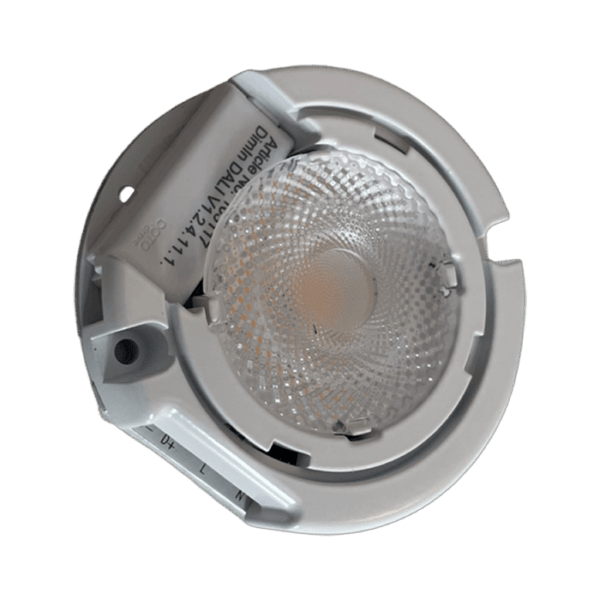


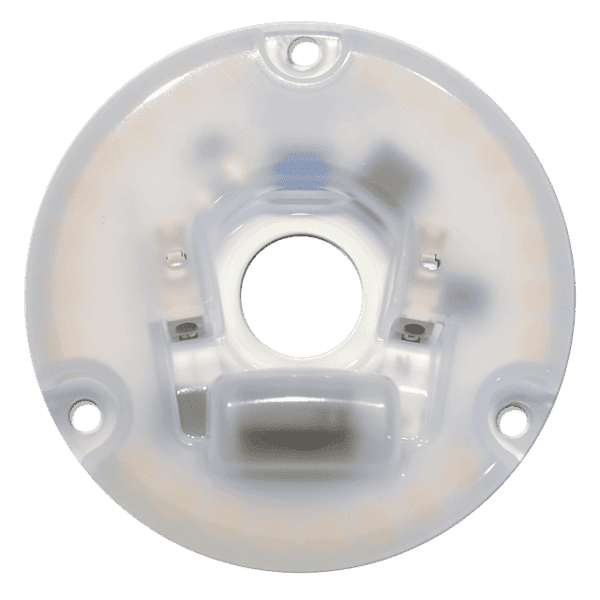
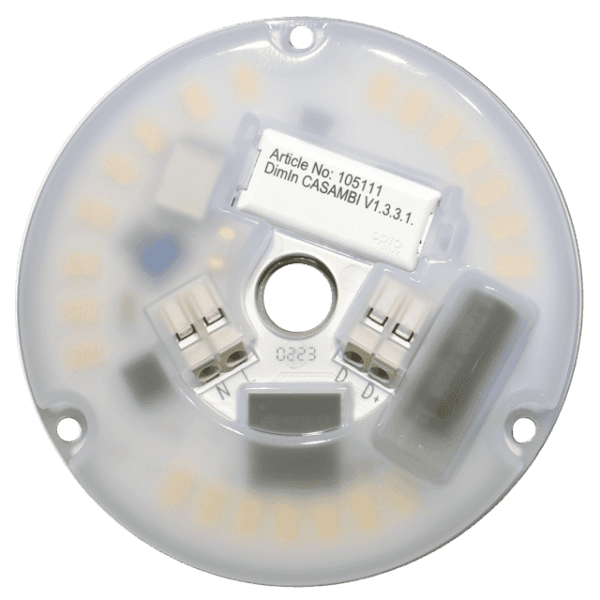
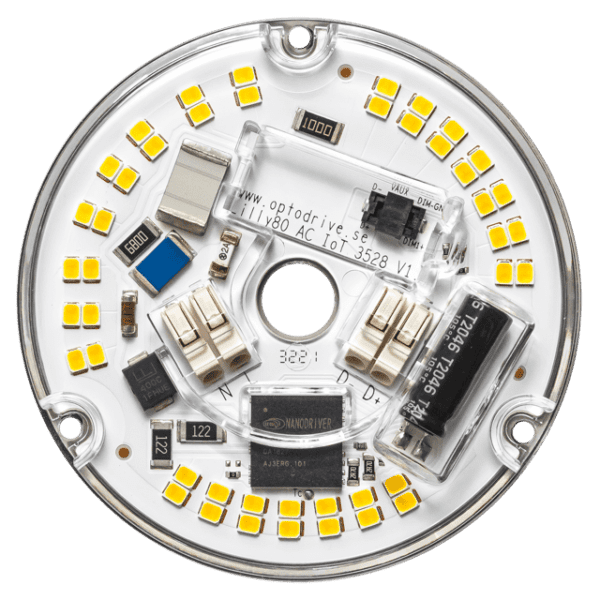
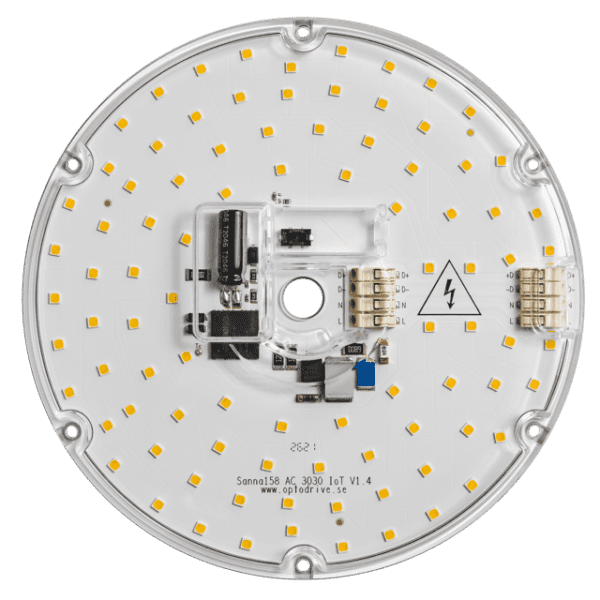

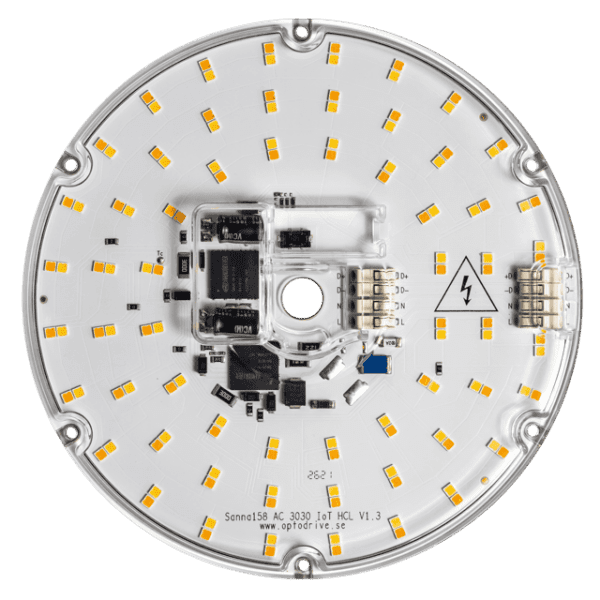
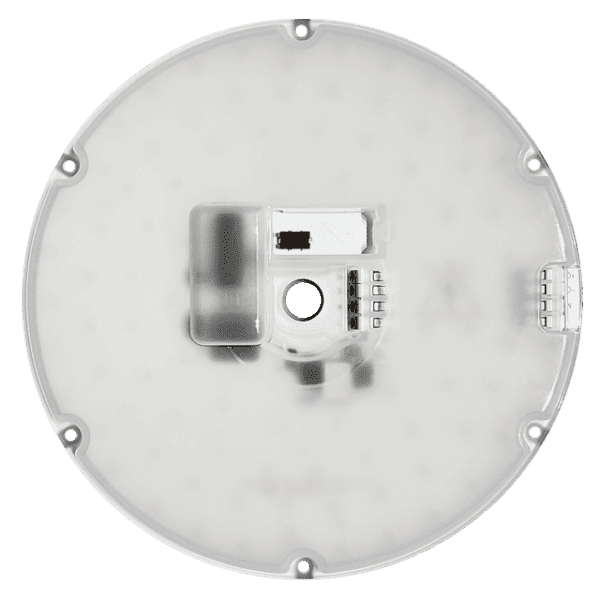


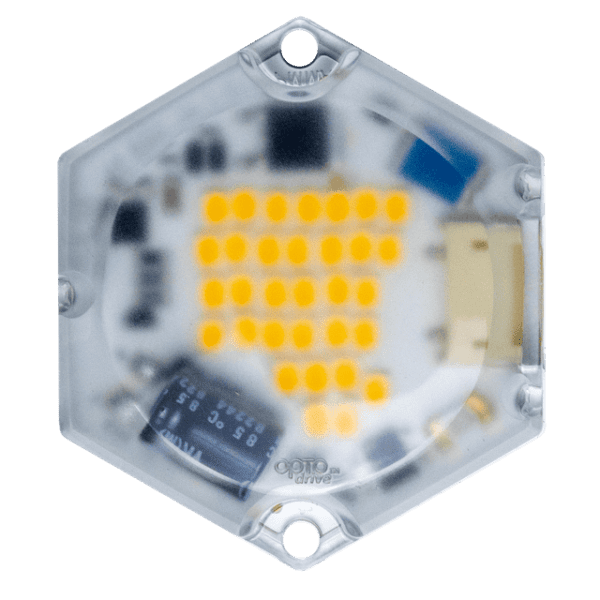
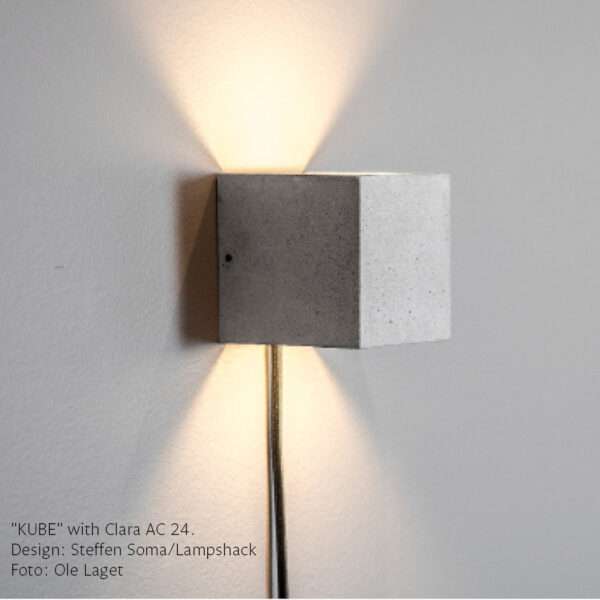




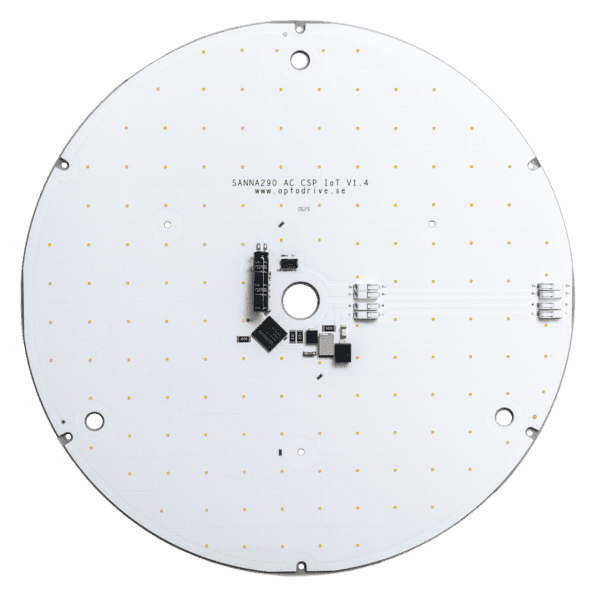


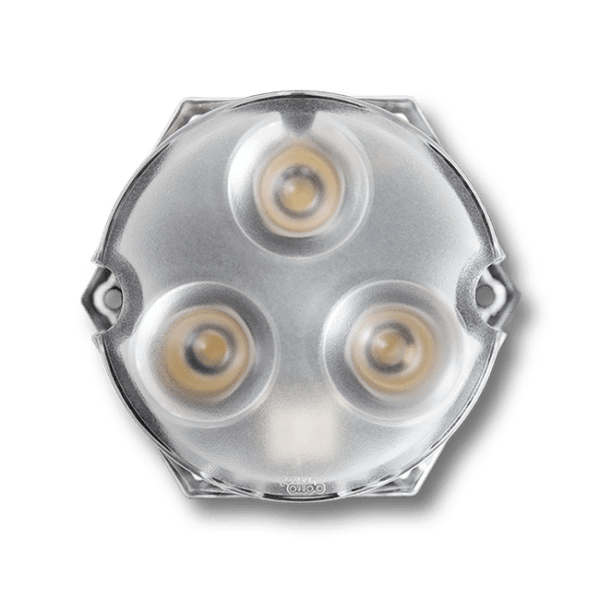
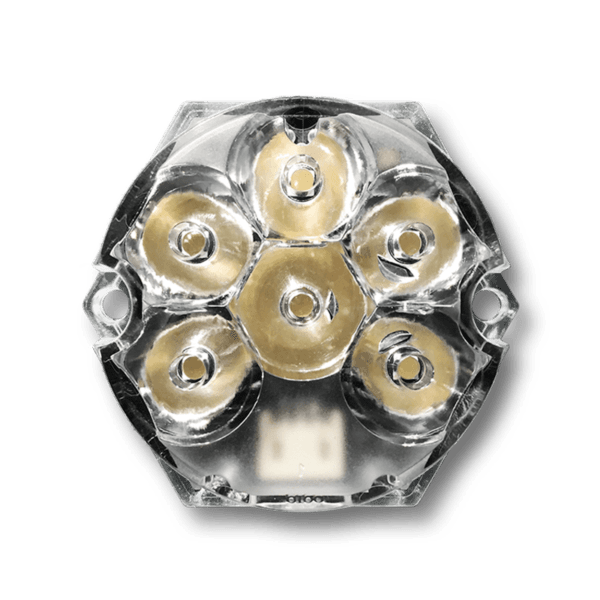

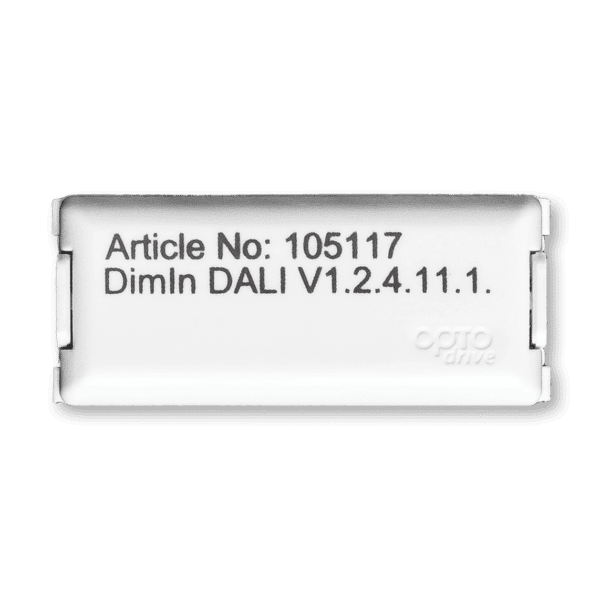
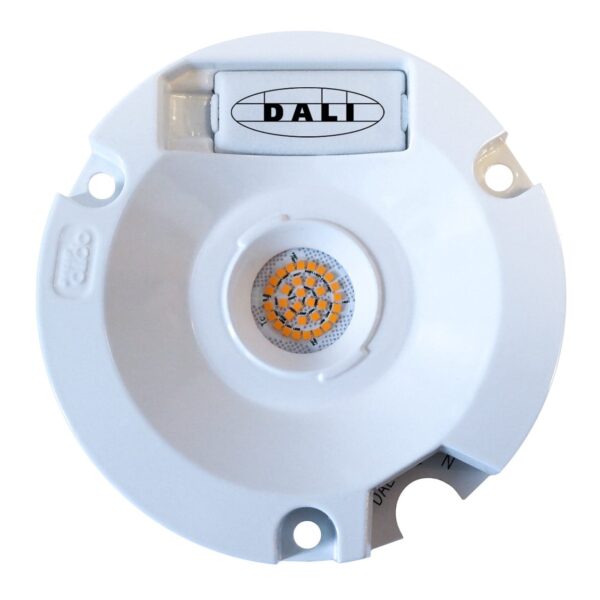
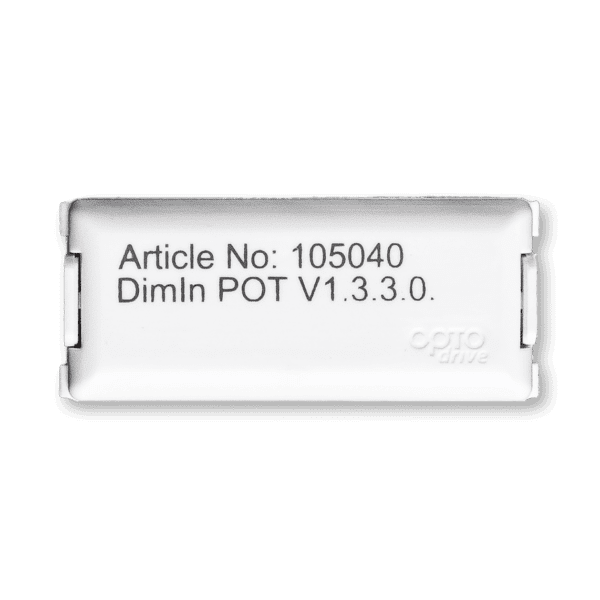




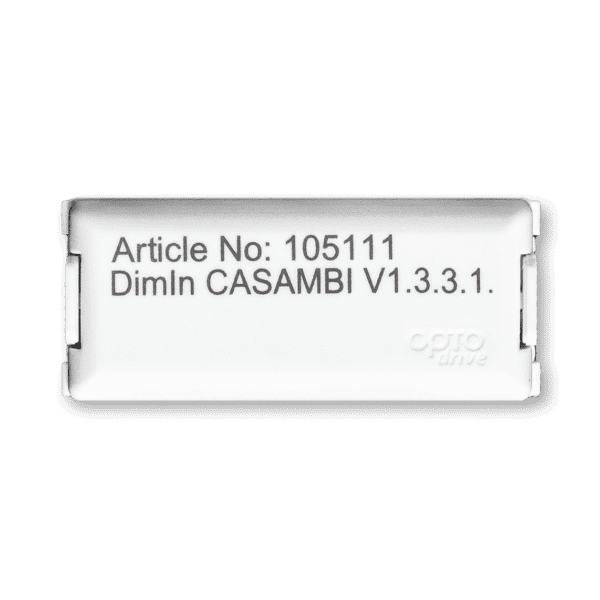
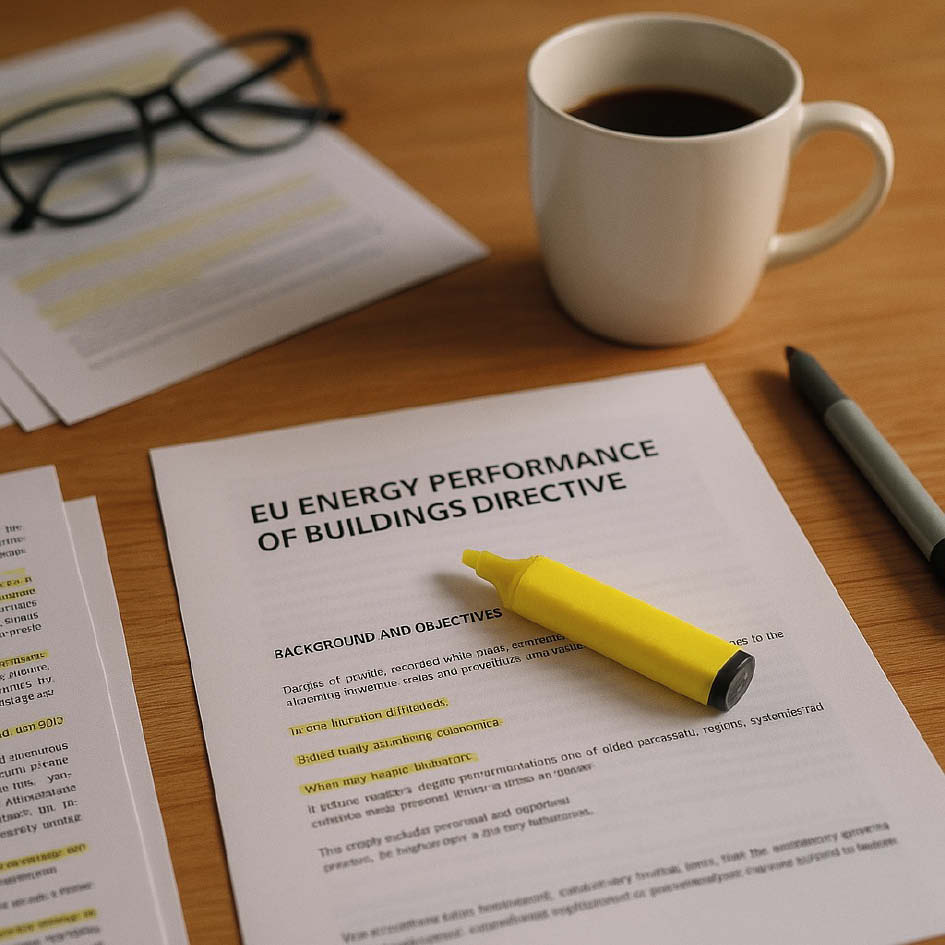

 info@optoga.com
info@optoga.com +46 589 490 950
+46 589 490 950